Plane [kanna]
Kanna
Kanna
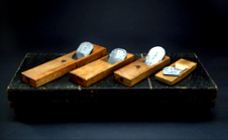
Use the side of the groove for Shaving. A plane blade like a hollow sword is prepared so that the blade tip appears on the side of the table, and there are two types, right hand and left hand, depending on the direction of use. The cross section of the table is slightly wider and durable, and the lower end is gradually narrowed with steps. The lower end is a flat surface with narrow width, and the side of the wide groove is used for Shaving. A thinner so that the lower end surface does not remain is called a Hibukura plane, and is used to cut the side of a thin groove or the narrow entrance corner.
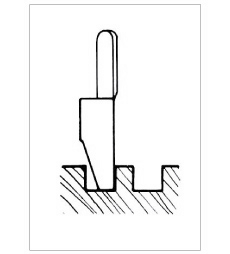
Figure 7 Wakitori Plane
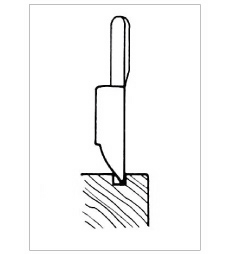
Figure 8 Hibukura Plane
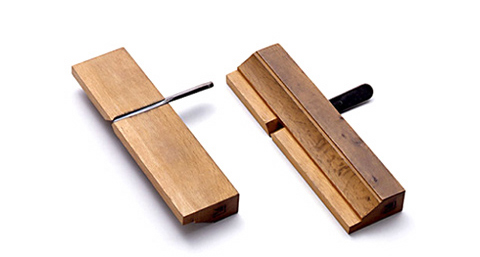
Wakitori plane (right hand) from left, Wakitori plane (left hand)
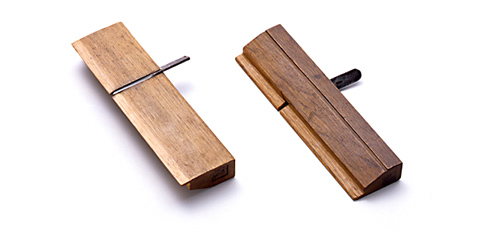
Hibukura Plane (right) and Hibukura Plane (left) from the left
There is a right and a left-handed plane with a stand missing so that it can be used for both the plane and the side plane. This is called because it can be used in two types.
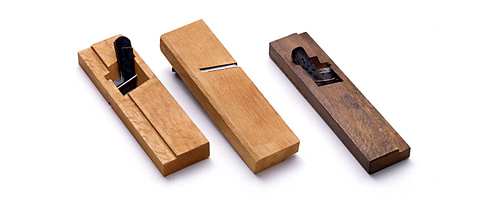
From the left, Nitoku Plane (right), Nitoku Plane (right, back), Nitoku Plane (left)
A convex blade is prepared on a table with a convex cross section. It is called this because it can be used for five types of flat plane, plane on left and right side planes, and side planes on the left and right side planes.
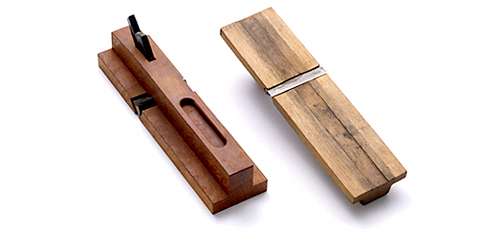
From the left, Gotoku Plane, Gotoku Plane (back)
Basic information
Special Exhibition
Permanent exhibition